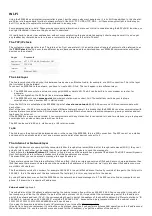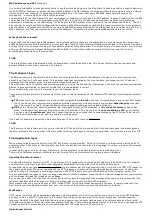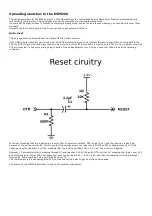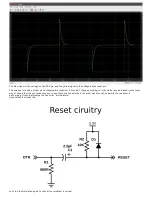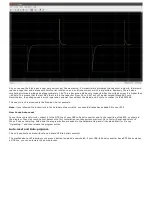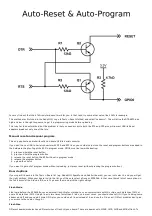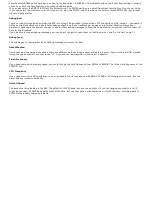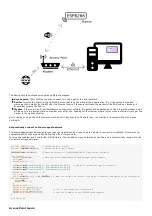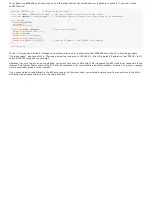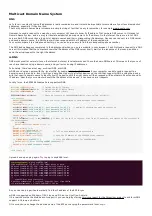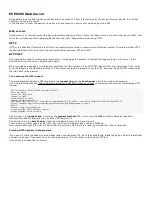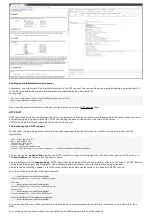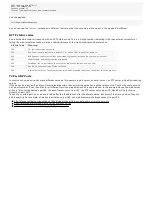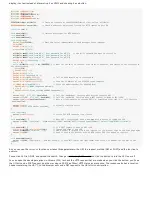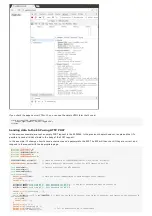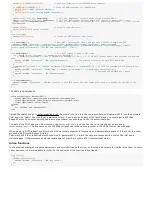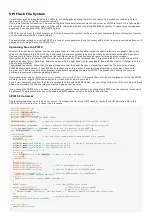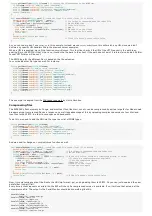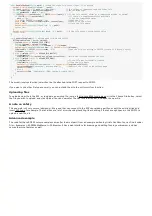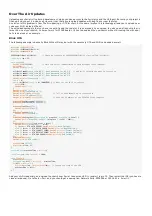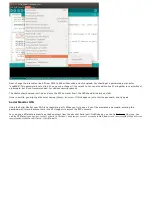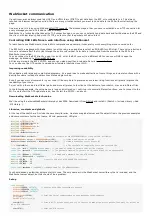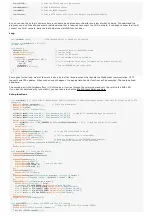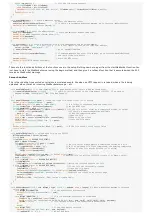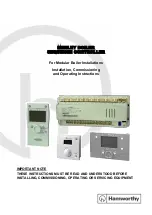
Sending extra information to the server
Sometimes, you might want to add extra information to the GET request. You can send key-value pairs by adding a question mark (?)
to the URI, followed by key=value. Multiple pairs are separated by an ampersand (&).
For example:
GET /get-phone-number.php?firstName=John&lastName=Doe HTTP/1.1
Host: www.phonebook.example.com
...
If you use any special characters in the key or value names, you have to URL-encode them.
HTTP POST
POST requests are used to send data to the server, for example, to send your user name and password to the server when you log in,
or when you upload a photo. Unlike GET, POST can change the data on the server or the state of the server.
POST has a body that can contain data that is sent to the server.
The anatomy of a POST request
For example, the login page of your favorite site might send something like this when you enter your credentials and click the
login button:
POST /login.php HTTP/1.1
Host: www.example.com
Connection: keep-alive
Content-Length: 480
Origin: http://www.example.com
Content-Type: multipart/form-data; boundary=----WebKitFormBoundaryQNEJOasMvgAOg8Kt
...
As you can see, the request line now has the POST method in it, and is still followed by a URI, /login.php, and the HTTP version, 1.1.
The host header still contains just the domain name.
The real difference is the request body: a GET request has no payload, while you can add a lot of data to the body of a POST request.
This data could be normal key-value pairs, like a username and a password, or actual files that are being uploaded.
Also note the Content-Type header: it tells the server what kind of data can be found in the body of the POST request.
Let's take a look at the body of the login example:
------WebKitFormBoundaryQNEJOasMvgAOg8Kt
Content-Disposition: form-data; name="username"
John Doe
------WebKitFormBoundaryQNEJOasMvgAOg8Kt
Content-Disposition: form-data; name="password"
p@ssw0rd123
------WebKitFormBoundaryQNEJOasMvgAOg8Kt
Content-Disposition: form-data; name="token"
9i9ZoLHl5pkRAeuKCEu76TbaCnMphwYkPEovEUY9PHk=
------WebKitFormBoundaryQNEJOasMvgAOg8Kt--
As you can see, there are three parameters inside the body, every parameter has a name (e.g. username), and a value (e.g. John
Doe).
You could also use the same syntax we used before when adding parameters to a GET request:

